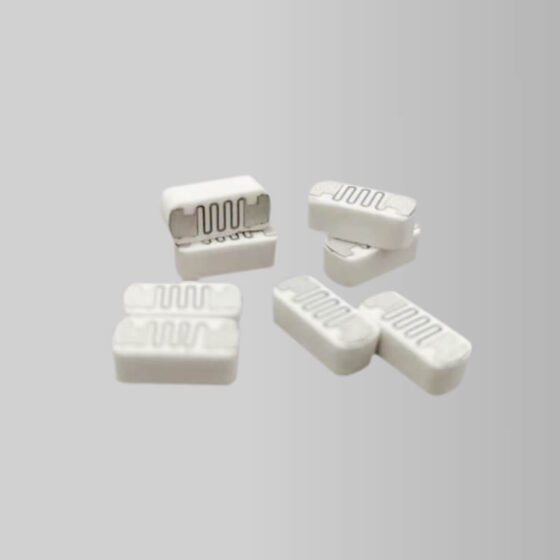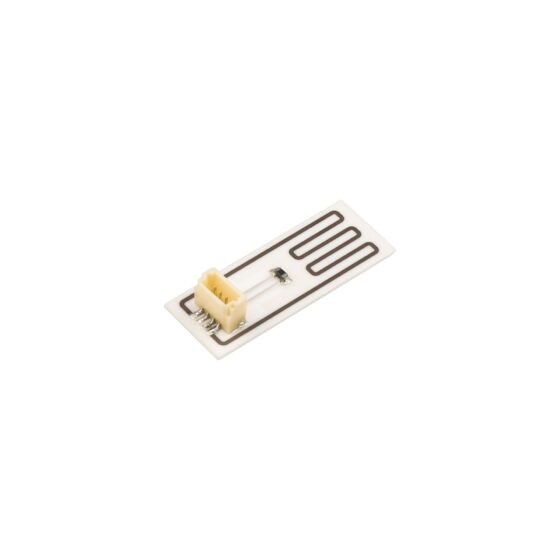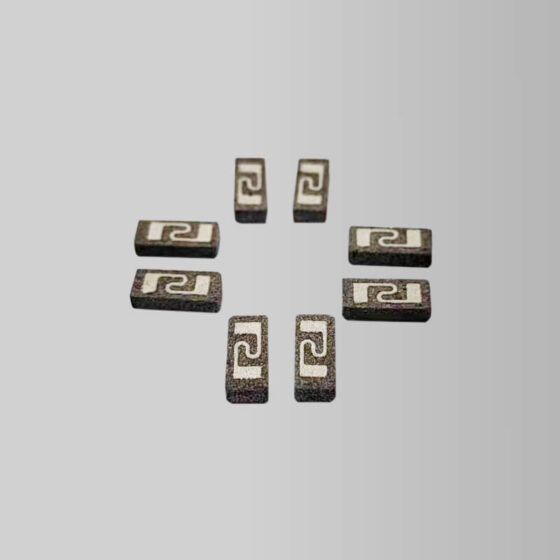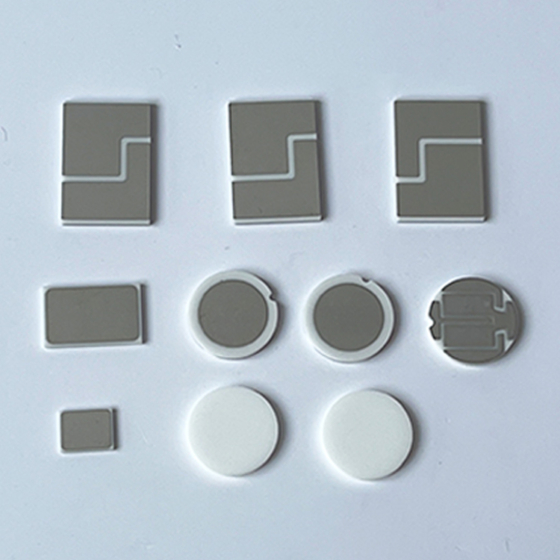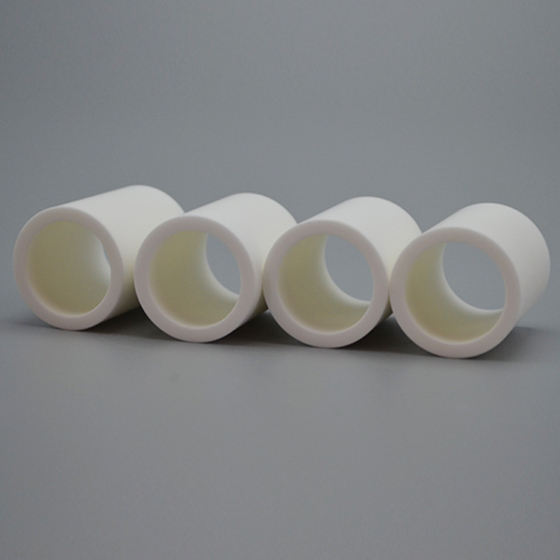Innovations in Ceramic Materials: The Future of Advanced Applications
Ceramic materials have long been valued for their unique properties—strength, heat resistance, and chemical durability. In recent years, however, the development of new ceramic materials has unlocked a vast range of advanced applications, making them indispensable in industries like electronics, energy, healthcare, and automotive.
1. High-Performance Ceramics: A Game Changer
Traditional ceramics, such as those used in pottery and construction, have given way to high-performance ceramics that exhibit exceptional mechanical, electrical, and thermal properties. 고급 세라믹 재료, including oxide, nitride, and carbide ceramics, have opened up new possibilities in precision manufacturing, where strength, wear resistance, and high temperature performance are critical.
For example, 실리콘 카바이드 (SiC) 그리고 알루미늄 산화물 (Al2O3) have become key materials in industries such as aerospace and automotive, where they are used in applications ranging from engine components to thermal shielding due to their high heat tolerance and wear resistance.
2. Ceramics in Electronics
One of the most exciting areas of ceramic material innovation is in electronics, particularly in semiconductors. Ceramic substrates, such as 질화알루미늄 (알엔(AlN)) 그리고 zirconium oxide (ZrO2), provide excellent thermal conductivity and electrical insulation, making them ideal for use in microelectronic devices and LED packaging.
The growing demand for smaller, faster, and more efficient electronics has driven the adoption of ceramic components in 5G communication, consumer electronics, and even quantum computing. Their ability to withstand extreme environments and dissipate heat efficiently is essential for the next generation of electronic devices.
3. Energy and Environmental Applications
New ceramic materials are also playing a crucial role in the energy sector, especially in fuel cells, solar power, 그리고 battery technologies. Solid oxide fuel cells (SOFCs), which use ceramic electrolytes, are gaining traction as a clean energy solution due to their high efficiency and ability to operate at high temperatures.
In addition, ceramic coatings are being applied to solar panels 그리고 wind turbines to enhance durability and performance, ensuring longer lifespans and reducing maintenance costs in harsh environmental conditions.
4. Medical and Healthcare Innovations
The medical industry is leveraging the bio-compatibility of advanced ceramics for implants and prosthetics. Zirconia ceramics are increasingly used in dental implants, joint replacements, and bone scaffolds due to their strength, corrosion resistance, and ability to integrate with human tissue.
Moreover, ceramic nanomaterials are being explored for drug delivery systems and cancer treatment. These materials can be engineered to interact with cells at the molecular level, offering promising results in targeted therapies and diagnostics.
5. Automotive and Aerospace: Pushing the Limits
The automotive and aerospace industries are benefiting from the lightweight yet durable nature of advanced ceramics. Ceramic matrix composites (CMCs), made by combining ceramic fibers with a ceramic matrix, offer excellent resistance to heat and stress, making them ideal for use in jet engines, turbines, 그리고 brake systems.
With the rise of electric vehicles (EVs) 그리고 autonomous driving, ceramics are also being used to improve battery performance and develop reliable sensor systems that can withstand high temperatures and harsh operating conditions.
6. Future Trends and Challenges
While the potential of ceramic materials is vast, there are still challenges that need to be addressed. For instance, the high cost of manufacturing and the brittleness of certain ceramic materials can limit their widespread adoption. However, ongoing research is focusing on improving processing techniques and developing ceramic composites with enhanced toughness and flexibility.
Additionally, as industries move towards sustainability, there is a growing focus on recycling and reusing ceramic materials, as well as developing eco-friendly alternatives to reduce environmental impact.
Conclusion
The evolution of ceramic materials is driving innovation across a wide range of industries. As new ceramics with enhanced properties continue to emerge, they will play an increasingly important role in the future of technology, energy, healthcare, and beyond. By providing solutions that can withstand extreme conditions while maintaining superior performance, advanced ceramics are set to become a cornerstone of modern engineering and manufacturing.
Whether it’s creating more efficient electronics, cleaner energy solutions, or improving medical implants, the potential of ceramic materials is just beginning to unfold, offering exciting possibilities for the future.
Learn more about ceramic materials
The American Ceramic Society, ACerS)
👉 https://ceramics.org/Materials Project – Alumina Database (Lawrence Berkeley National Laboratory)
👉 https://materialsproject.org/materials/mp-1143/NASA Technical Reports – Ceramic Substrates in Electronics
👉 https://ntrs.nasa.gov/IEEE Xplore Digital Library (전자공학 & Substrate Research)
👉 https://ieeexplore.ieee.org/AZoM – Alumina (Aluminum Oxide) Material Information
👉 https://www.azom.com/article.aspx?ArticleID=52
Conclusion
GreenIM™ alumina substrates provide the perfect balance of cost-effectiveness, thermal performance, and dielectric reliability. Whether used in semiconductor packaging, RF communication, or power electronics, GreenIM™ delivers a trusted solution for advanced applications.
문의
👉Website: nmmech.com
👉Email: jack@nmmech.com
 김
김
